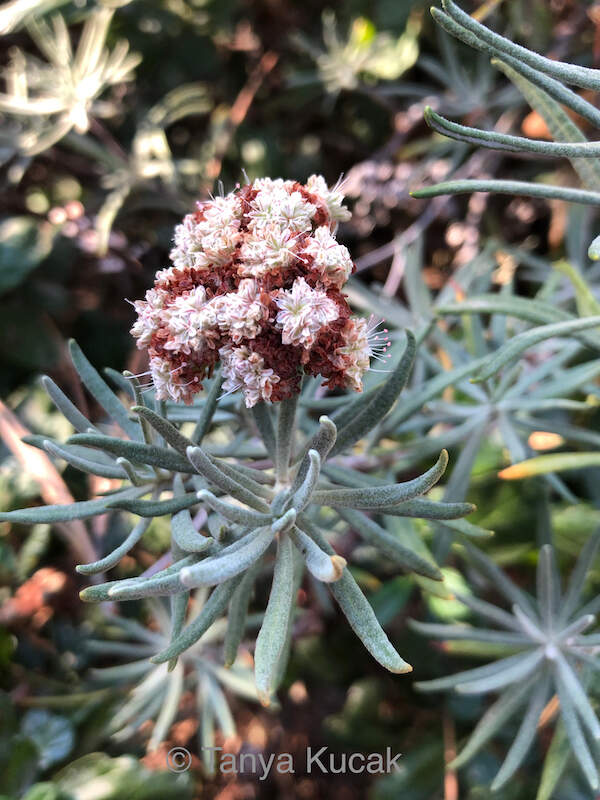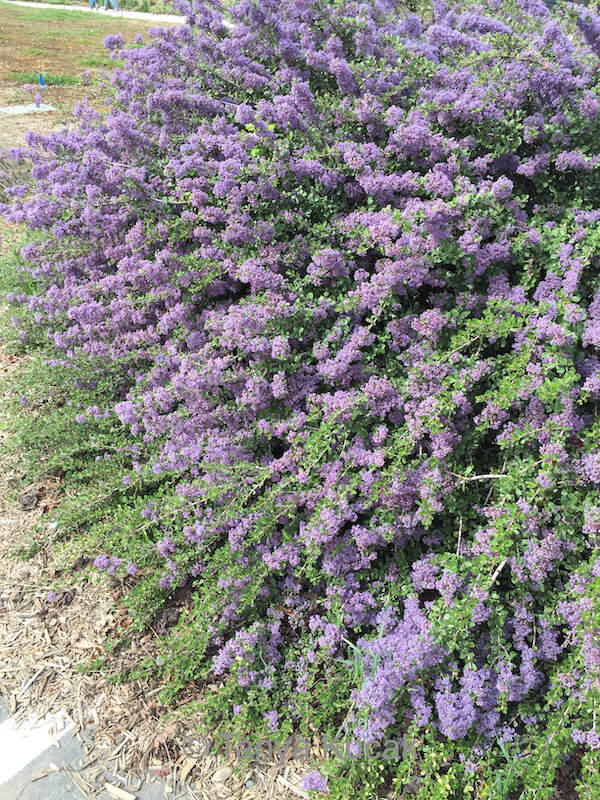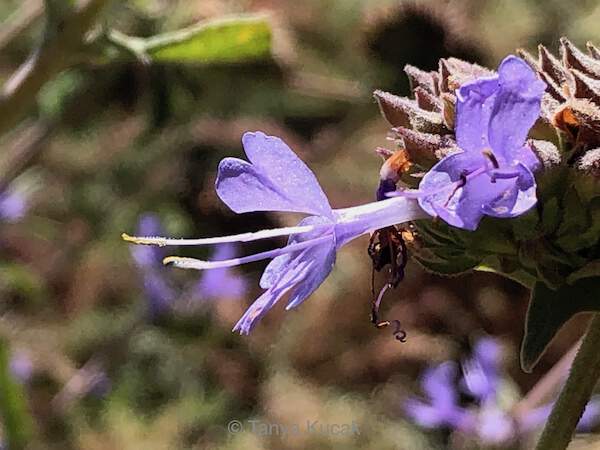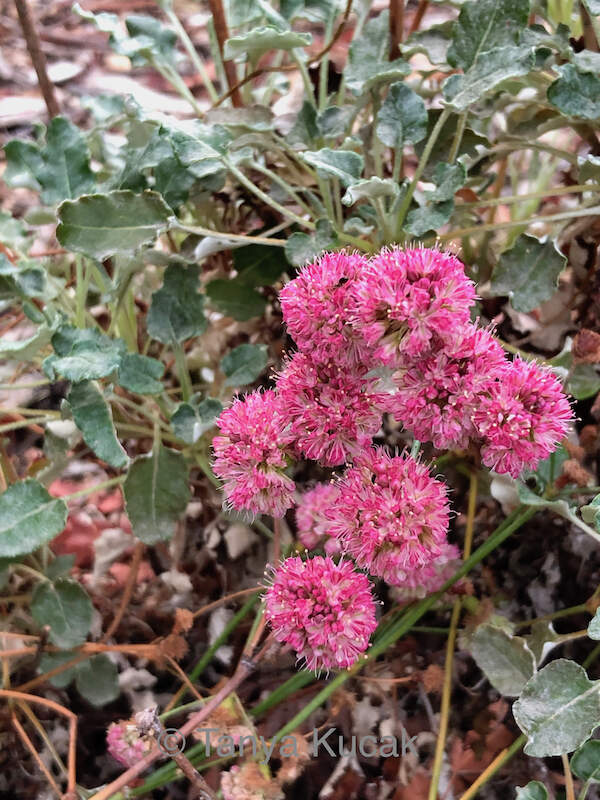Protecting pollinators from gardeners
25 March 2022 PrevNext
Some standard gardening practices don't help the pollinators you're trying to attract. In a talk entitled “Bring on the Pollinators!” Suzanne Bontempo of Our Water Our World suggested being aware of the following things as you make your garden more welcoming to pollinators and other beneficial wildlife.
- Maintain your garden with a light hand. “Take a pause at the end of the season...[during cleanup] so the garden ecology can benefit,” Bontempo said. Let berries develop and let flowers go to seed for the birds, for example, and leave clematis fluff for birds to use as nesting material.
- Keep some areas uncultivated and free of mulch to accommodate ground-nesting pollinators and beneficial insects. About 70 percent of solitary native bee species need bare ground to build their nests.
- Use rakes rather than leaf blowers. Leaf blowers are detrimental to soil life and overwintering beneficial insects, and should never be used in planted areas.
- Prune mindfully. Consider whether you are removing resources that pollinators use, or disturbing their life cycles.
- Offer safe and secure places for butterflies to pupate. For instance, let leaves accumulate under trees or shrubs, and check patio furniture for pupae before storing it away.
- Ignore or tolerate leaf damage. Butterflies and moths lay eggs that turn into caterpillars, and “the number-one job of caterpillars is to eat,” Bontempo said. “Plants will recover” from munched leaves.
- Monitor for pest problems and address the cause rather than reaching for a pesticide. “Pesticides are overkill,” Bontempo said. Identify insects, find ways to make your garden healthier and more resilient, and learn about integrated pest management (IPM).
- Buy plants that have not been treated with neonicotinoids, and avoid using neonicotinoids “at all costs.” They are “way more problematic than we once knew” and are “a major factor in pollinator decline.” Neonics are absorbed into all parts of a plant and can travel from the root system through the soil to other plants, Bontempo said.
For a healthy garden, “variety and diversity is key,” she said. Native plants provide more nutrient-rich food for pollinators than nonnatives. Different shapes, sizes, and colors of flowers will attract the widest range of pollinators.
- Flat arrangements of many flowers, such as California aster or seaside daisy, attract butterflies because they need to land before feeding.
- Clusters of tiny flowers, such as yarrow, ceanothus, or native buckwheats, attract tiny native bees and beneficial wasps.
- Tubular flowers in all sizes, such as native sages, lupines, columbines, or hummingbird fuchsia, attract hummingbirds.
- White flowers such as soap plant attract night-flying pollinators.
- Host plants attract butterflies to lay eggs, such as native milkweeds for monarch butterflies; lupines or mallows for west coast lady butterflies; or yampah for anise swallowtail.
If you can plant only one plant for pollinators, consider a “habitat hero,” Bontempo said. The following habitat heroes “attract a significant amount and variety of important wildlife, including pollinators and other beneficial insects.”
- Native buckwheats are “gorgeous” and one of her “most favorites”
- Manzanitas
- Native oaks are large “but incredibly important” (and “when you see oak moths decimating the leaves, don't worry! that's actually food” for birds; oaks can “live through a little bit of damage [because] all these plants have adapted to the wildlife stresses they are in partnership with” )
- Ceanothus
- Native sages
- Any culinary herbs that go to flower (Bontempo always lets her cilantro flower “because the pollinators love it”)

Santa Cruz Island buckwheat blooms in the summer, then the flowers fade from cream to rust in the fall and remain neat-looking for a long time. Native buckwheats are “habitat heroes” that can fit into any garden.

The tiny fragrant flowers of ceanothus shrubs attract a wide variety of pollinators and other beneficial insects.

Valley Violet ceanothus is one of the tough, reliable, drought-tolerant Arboretum All-Stars that does well in gardens. These “habitat heroes” bloom in spring. Mounding 3-4 feet high and wide, this shrub is a manageable size for small gardens.

Cleveland sage blooms from spring to summer. This fragrant plant has abundant whorls of blue-purple flowers that appeal to many pollinators.

The lowest-growing native buckwheats have the most intense colors. This red-flowered buckwheat grows 1-2 ft. high and can spread up to 3-4 ft. wide.
© 2022 Tanya Kucak
Next





